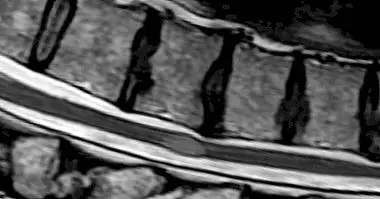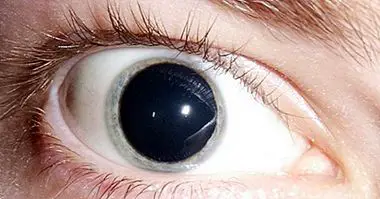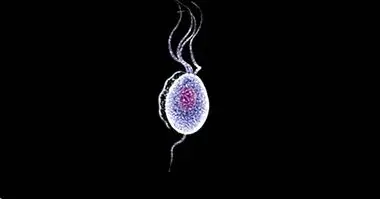Celiac symptoms: what are they and how are they handled?
Although celiac disease or celiac disease goes back to the beginnings of agriculture, and therefore of civilization, in recent years there has been a striking increase in awareness about this disease, to the point that many professionals have warned of the risk of overdiagnosis associated with the low reliability of the tests.
In this article we will describe the main symptoms and signs celiac , which affect both the gastrointestinal system and other body functions. We will also talk about the causes of this disease and the ways in which it can be managed, even though there is no treatment that resolves the alterations that underlie the symptoms.
- Maybe you're interested: "This is the chemical dialogue between your brain and your stomach"
What is celiac disease?
Celiac disease is an autoimmune disorder that is characterized by mucosal inflammation and shortening of the villi of the small intestine In response to the consumption of gluten, a set of proteins found in cereals such as wheat, oats, barley and rye.
It is a disorder relatively little known by the general population; however, it is thought to affect to some degree 1 in 100 or 200 people. In this sense it is important to bear in mind that the number of diagnoses is influenced by the strictness of the criteria used and the awareness of the disease.
Celiac disease can also be difficult to diagnose due to the fact that in many cases there are no symptoms or they are mild: many celiac people report only mild gastrointestinal complaints. It is believed that only about 20% of the total cases of this disease are diagnosed, and that affects more women and Caucasians .
- Related article: "Psychology and Nutrition: the importance of emotional feeding"
Main celiac symptoms
The autoimmune reactions characteristic of celiac disease interfere with the absorption of certain nutrients and can damage the lining of the intestine if the affected person regularly consumes gluten. These problems manifest themselves in symptoms and signs such as feeling of fatigue, anemia, diarrhea, weight loss and gas swelling .
In adults, it is common for signs to appear that are not associated with the digestive system, particularly headaches, mouth ulcers, the appearance of rashes and itchy skin, joint pain and decreased bone density (osteoporosis). ) and anemia due to lack of iron. Injuries to the nervous system can also occur .
On the other hand, when the affected person is less than 2 years old, the most significant signs are the appearance of chronic vomiting and diarrhea, decreased interest in food, swelling of the belly and atrophy of the muscles. In children somewhat older are diarrhea, constipation, neurological symptoms, headaches or lack of coordination.
In addition to the symptoms that we have described, when celiac disease occurs in girls and young children digestive disorders can cause delays and deficits in physical development that sometimes leave long-term sequelae. These complications are related to vomiting, diarrhea, lack of appetite and problems absorbing nutrients.
Causes of this disease
The lesions in the villi that cover and protect the small intestine, as well as the inflammation of this segment of the digestive system, alter its ability to absorb certain types of nutrients essential for the proper functioning of the organism. In particular interfere in the uptake of vitamins and minerals .
Although the specific cause of celiac disease is unknown, it is known to appear as a result of a combination of genetic and other environmental factors. Thus, some people are biologically predisposed to react negatively when consuming gluten, and doing so more or less regularly could suffer intestinal injuries.
Given the celiac disease has a significant genetic component It is not surprising that the probability of developing this disease is higher in people with close relatives affected. The same happens with other risk factors influenced by inheritance, such as diabetes mellitus type 1 and diseases that affect the thyroid.
On the other hand, various alterations that affect the gastrointestinal system may favor the appearance of signs of celiac disease. Thus, the disease often begins to manifest as a result of viral infections in the intestines, pregnancy and childbirth, invasive surgeries and periods of intense stress.
Treatment and management
At present there is no known treatment capable of correcting the underlying disorders of celiac disease. This is why the intervention in these cases usually aims to prevent or minimize symptoms, and consists mainly of behavioral aspects and the change of eating habits.
Therefore, celiac disease is managed avoiding consuming foods and drinks with gluten. Some of the most common are bread, pastries, Italian pasta, beer and chocolate . It is recommended that celiac people try to make sure they buy gluten-free foods; This is especially relevant in the case of manufactured products.
The celiac people can benefit enormously from eating a gluten-free diet . This not only prevents the appearance of symptoms and reduces the severity of those that are already present, but also favors that the self-repairing processes of the gastrointestinal system can take place correctly, relieving the disease in the long term.



















